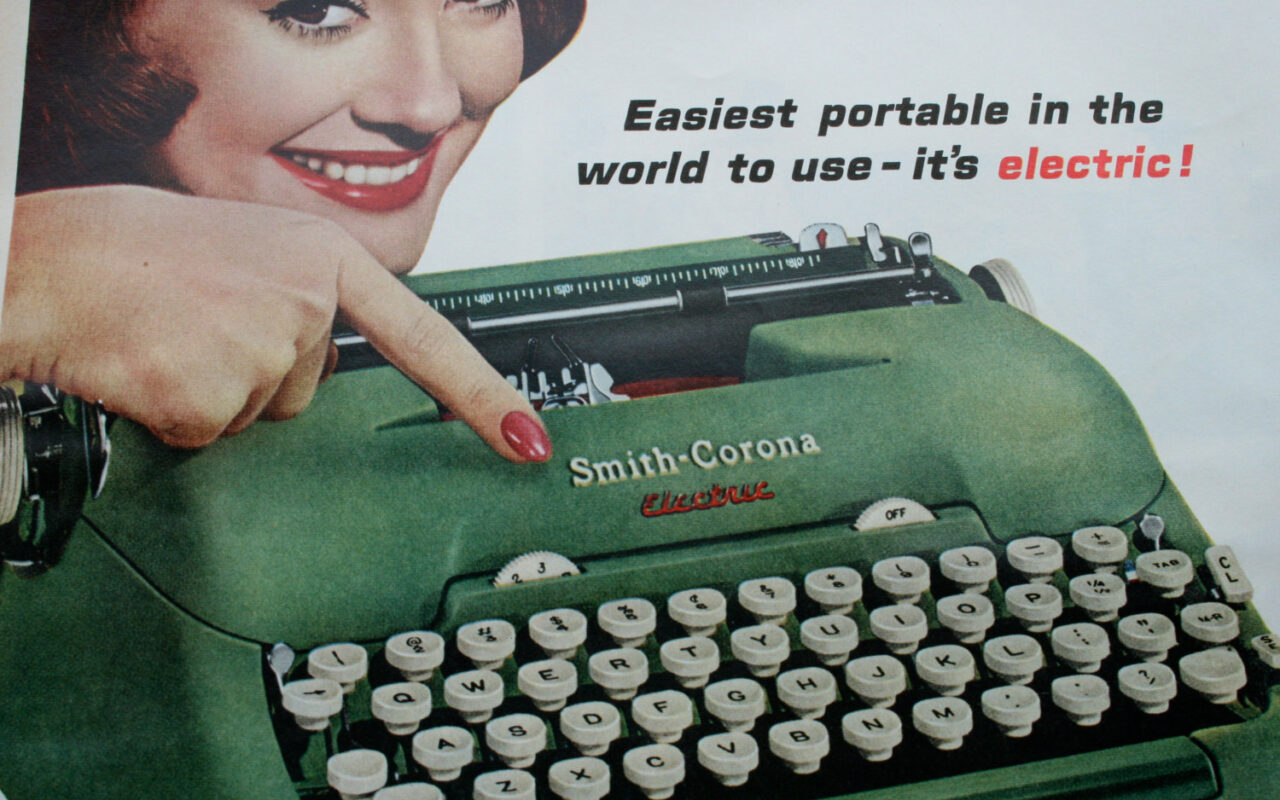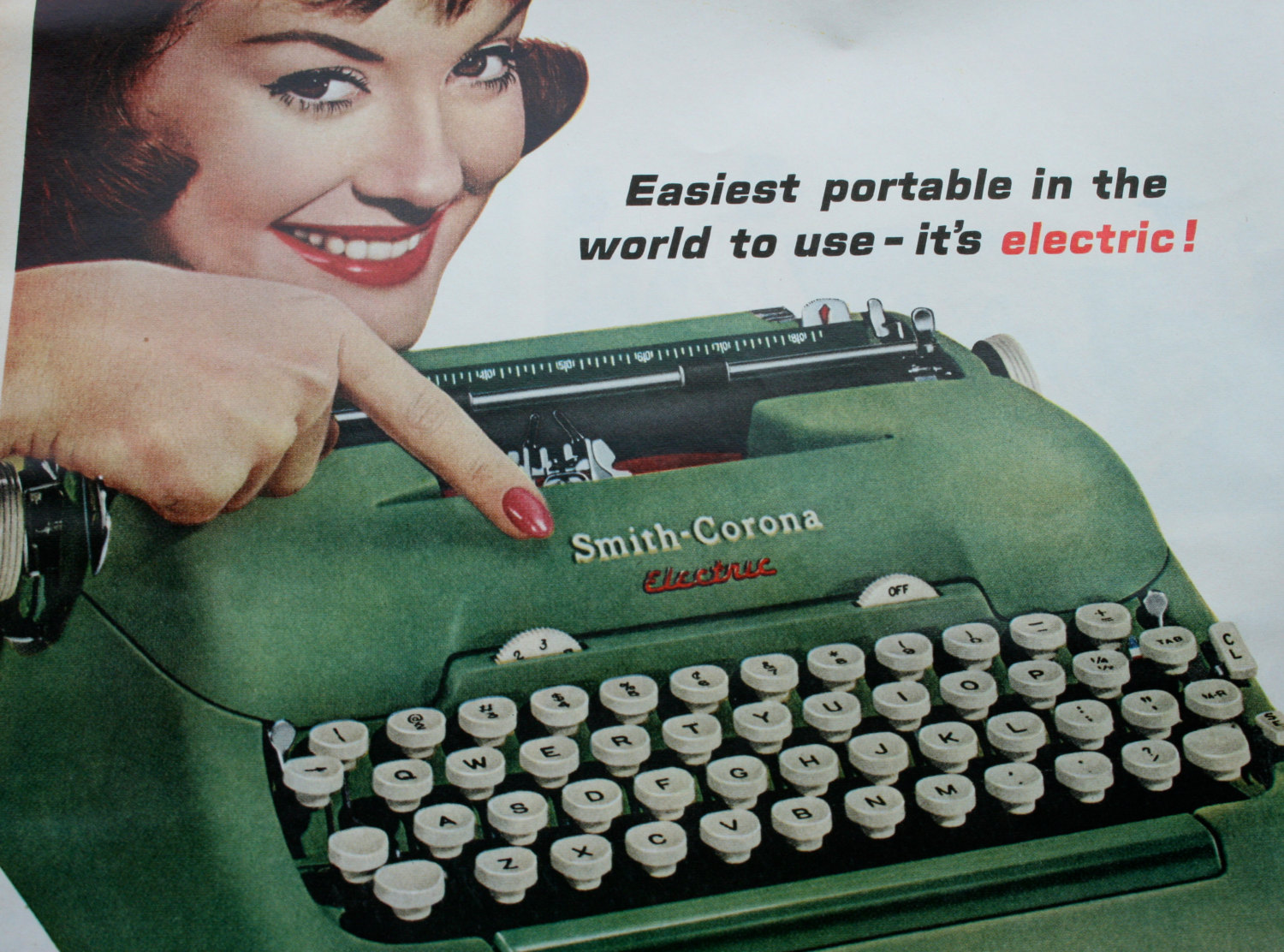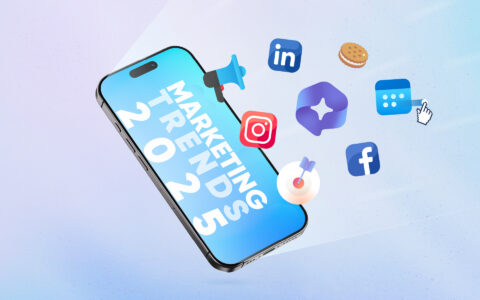How to Create Functioning Advertisement for Your Company: Written Brief

In previous publications, we spoke about the things we should think through before assigning a creation of an advertisement to someone. This was in our two articles How to Create Functioning Advertisement for Your Company and How to Create Functioning Advertisement: Key Message.
At the end of the last article, we mentioned the benefit of putting such a content brief down on a paper.
Why? Because that is the only way we can see the list of points and make sure we know what we wish to communicate, to whom and what we want to persuade them of. Only after reading all of those points can we clearly see whether we haven’t forgotten anything, whether the brief makes sense, and sounds clear.
So, let’s put all the points we talked about in order. And let’s add realistic due dates.
The goal of our communication
Why we do it, what exactly we want to accomplish. To change or to confirm an image, to induce a purchase or a trial, to call to an interaction or an engagement…
Who we want to influence
Who the people we talk to are, what we know about them, what is typical for them, whether they know our product or not, how they use it, etc. They are called a target group.
Competition
The biggest competitors, who they are, how they compete with us, their main characteristics. However, don’t forget to keep the rule of a brief – describe it briefly!
Key message
What we want to tell the people, what they should be feeling, what action we want to persuade them to take. The key message should capture all of that unambiguously. Careful, the key message is not the claim!
Why we can claim that
Is our key message true? Let’s claim something we can stand behind or something that can be proven. That will make our advertisement really efficient.
Other things an advertisement needs
Don’t forget that it’s often important to show the customer how to find you – it can be a link, a phone number, an address… What's more, the person creating an advertisement for you needs the information to be as complete as possible. That way you can be sure they will keep your communication style, both visual as well as the complex. This column has to contain whatever else your advertisement needs.

And now...
Due dates and milestones of the whole creation process
Brief – The day you assign it
Debrief – The due date of the other side to tell you how they understand your assignment, the right moment for explanations or answering questions
Basic ways presentation – The possible ways in the form of a draft, scenario, or idea
Selection – Choose one possibility and give your remarks
Final proposal – The proposal for authorization
Authorization – The time you need for the authorization yourself
Realization – The time the realization will take, finishing the proposal, printing, filming, etc.
Submission – The latest date possible for handing in the material
On air – The moment your customers see the advertisement for the first time
Now you have a brief with due dates, too!
It is ideal for you to personally go through it with the person who will receive the proposals and then you e-mail it to them.
When evaluating the proposals in the individual steps, first ask yourself whether they comply with the brief and evaluate them only after that.
This way you will manage to create an advertisement with the effect you want.
With each future brief, you will get better and better at assigning them and therefore you will be better and better at creating efficient communication.











